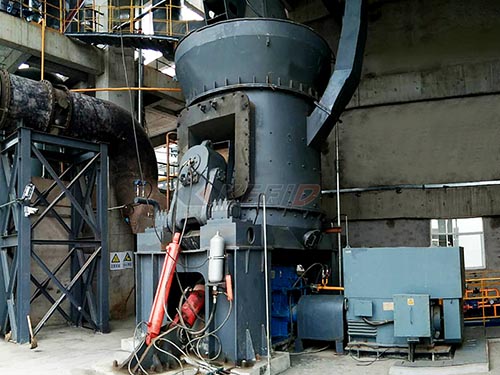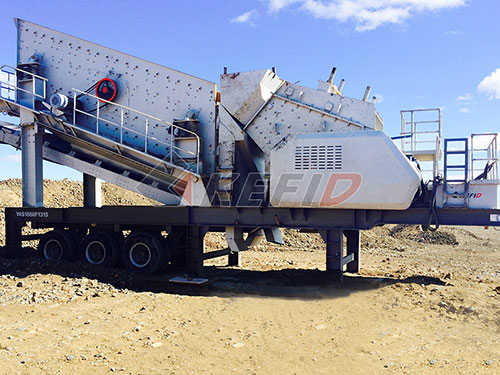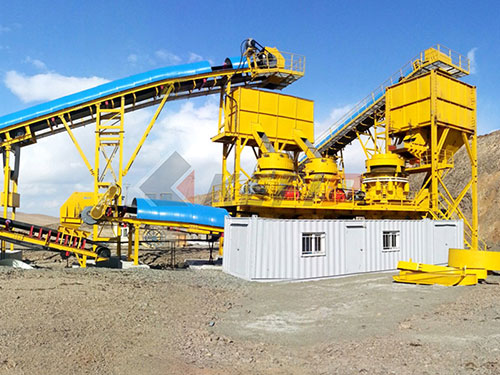The Robust Performer: Unveiling the Power of the 250×1200 Jaw Crusher

In the demanding world of mineral processing, aggregate production, and construction material recycling, primary crushing remains the critical first step where raw materials meet mechanical force. Amongst the diverse range of crushing equipment available today – from gyratories to impactors – the jaw crusher stands as a time-tested workhorse renowned for its simplicity, reliability, and robust capability to handle hard rock efficiently. Within this category of machines, the Jaw Crusher 250×1200 occupies a significant niche as a versatile mid-range solution capable of tackling substantial feed sizes while delivering consistent output suitable for secondary processing or direct use in certain applications.
Understanding the Nomenclature: What Does 250×1200 Mean?
The designation “250×1200” directly refers to the dimensions of the crusher’s feed opening. This crucial specification defines the maximum lump size that can be effectively introduced into the crushing chamber:

Width: 250 millimeters (mm) – This is the nominal distance between the fixed jaw plate’s side liners at their widest point.
Length/Gape: 1200 mm – This represents the distance between the fixed jaw plate’s top edge (where material enters) and its lowest point relative to where it meets the moving jaw at rest (the bottom edge). Essentially, it dictates how large a piece of rock can be dropped vertically into the jaws.
Therefore, a Jaw Crusher 250×1200 is engineered to accept feed lumps up to approximately 210-220 mm in width (slightly less than 250mm due to practical feeding angles) and potentially up to ~1100 mm in length/depth if oriented correctly upon entry.
Core Design Principles & Functionality
Like all jaw crushers operating on Blake principles or variations thereof (like overhead eccentric designs), the fundamental action involves two opposing jaw plates:
1. Fixed Jaw Plate: Rigidly mounted onto the main frame.
2. Moving Jaw Plate: Mounted on an eccentric shaft assembly driven by powerful bearings.
3. Crushing Chamber: The wedge-shaped cavity formed between these jaws.
4. Toggle System: A critical component providing both leverage and safety overload protection.
The operating cycle is elegantly simple yet highly effective:
1. Intake: Material enters from above through the feed opening.
2. Compression: As the eccentric shaft rotates:
It pushes the moving jaw

Leave a Reply